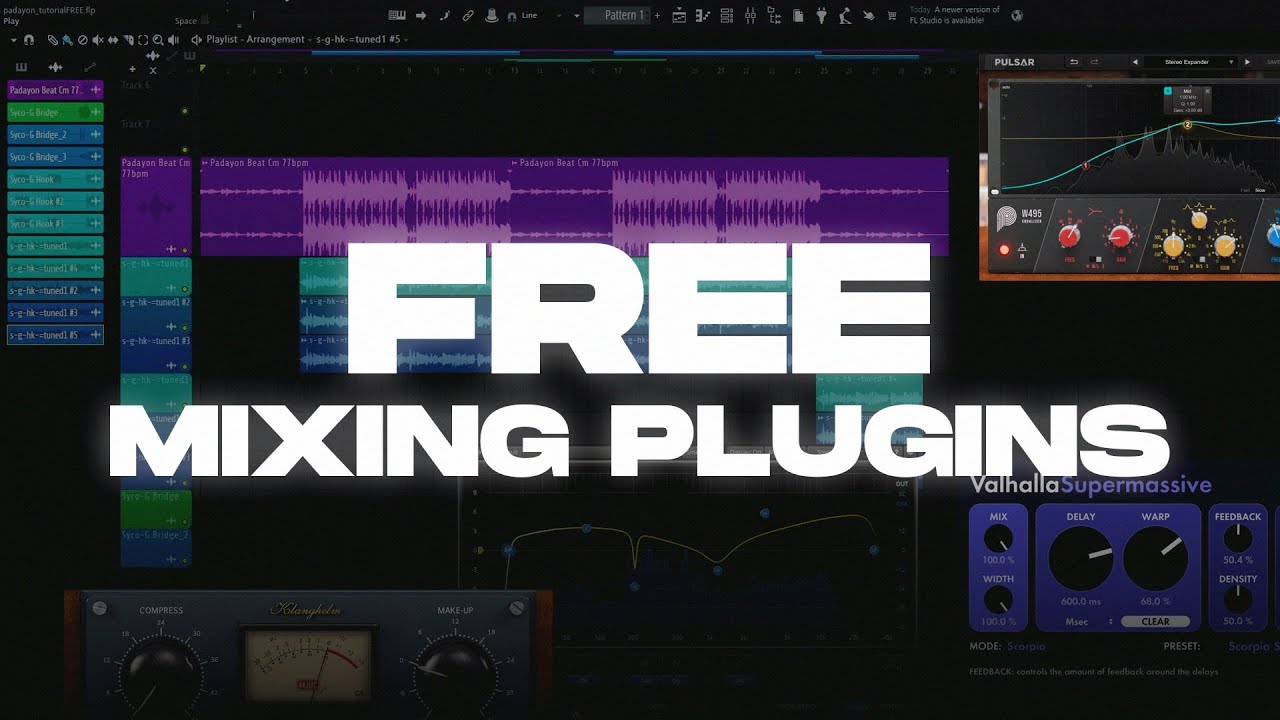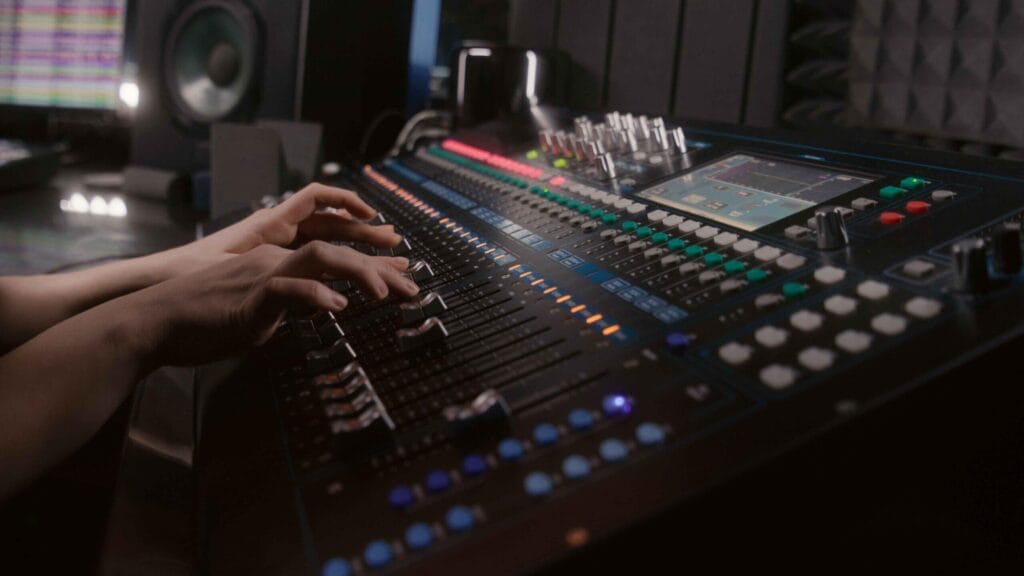Free mixing and mastering tools have revolutionized the way musicians, producers, and audio engineers create professional-quality tracks without investing in expensive studio gear.
With the rapid growth of music production software, there are now many free solutions that rival paid tools in terms of performance, features, and sound quality.
Whether you’re just starting out in music production or are an experienced professional looking to expand your toolkit, free mixing and mastering tools can significantly enhance your workflow.
These tools are available in various forms, including VST plugins, standalone mastering applications, DAWs (Digital Audio Workstations), and specialized effect processors.
By selecting the right free mixing and mastering tools, you can improve your audio quality, balance your tracks, and achieve a polished, professional sound.
From adjusting EQ settings to controlling dynamics with compression and fine-tuning the final master, these tools offer everything you need to deliver a track that sounds great on any device.
In this guide, we will explore the practical uses of these tools, provide tips for optimizing your mixes, and highlight common mistakes to avoid during the process.
Free Mixing And Mastering Tools For Professional Sound Production
Free mixing and mastering tools play a key role in shaping the tone, balance, and overall loudness of your music.
When used correctly, they help ensure that each instrument sits perfectly in the mix and that the final track translates well across different listening environments.
Some of the most popular free tools include TDR Nova (dynamic EQ), LoudMax (limiter), and Ozone Imager (stereo widening).
These tools provide essential capabilities such as equalization, compression, stereo imaging, and limiting without the need for costly licenses.
For mixing, using multiple tools in combination allows you to address frequency clashes, manage volume levels, and create a balanced stereo image.
Mastering tools, on the other hand, are designed to finalize the track, giving it the right loudness and tonal balance for distribution.
While free tools can produce high-quality results, the key lies in understanding how to use them effectively. Even the best software cannot fix poorly recorded material, so a clean and well-recorded track is the best starting point.
Tips For Using EQ And Compression In Audio Editing
EQ and compression are at the core of mixing and mastering, and free mixing and mastering tools often include excellent options for both. EQ (Equalization) is used to boost or cut specific frequency ranges to create space for each element in the mix.
For example, cutting low frequencies from vocals can help avoid muddiness, while boosting the high end slightly can make them sound brighter and clearer.
Compression controls the dynamic range of the audio, ensuring that loud peaks are tamed and quiet parts are brought up. This results in a more consistent and professional sound.
Free compressors like TDR Kotelnikov or Molot are highly regarded for their transparency and versatility. When using these tools, avoid over-processing.
Too much EQ can make a track sound unnatural, and excessive compression can make it lifeless. Subtle adjustments often lead to the best results.
Free Mixing And Mastering Tools For Vocal Editing Techniques
Vocal processing is one of the most important steps in music production, and free mixing and mastering tools can help you achieve clean, professional vocals.
Start by using an EQ to remove unnecessary low frequencies (below 80 Hz) and enhance the clarity of the vocal in the 3–5 kHz range. A de-esser is essential for reducing sibilance, and many free options, such as Spitfish, do this effectively.
Adding effects like reverb and delay can give vocals depth and space, but these should be used in moderation to avoid a washed-out sound. Free plugins like TAL-Reverb or Voxengo OldSkoolVerb are excellent choices for adding ambience.
For the final mastering stage, a limiter can ensure the vocal remains consistent in volume throughout the track, while stereo widening tools can help integrate it into the mix without overpowering other elements.
Common Mistakes In The Mixing And Mastering Process
While free mixing and mastering tools are powerful, misuse can result in poor-quality audio. One of the most common mistakes is applying too many effects. Overuse of reverb, delay, or distortion can cause a track to lose clarity.
Another issue is frequency masking, where instruments overlap in the same frequency range, making the mix sound muddy. EQ adjustments should be made to create space for each element.
During mastering, chasing loudness at the expense of dynamics is a frequent problem. Over-compression and excessive limiting can make a track fatiguing to listen to, even if it sounds loud. A balanced approach, where dynamics are preserved, leads to better results.
Finally, not using reference tracks can cause mixes to sound unbalanced compared to commercial releases. Listening to your mix alongside a professionally mastered track in a similar style helps ensure you’re on the right track.
Free Mixing And Mastering Tools For Home Studio Workflows
For home studio producers, free mixing and mastering tools are a cost-effective way to produce high-quality music. With a decent computer, audio interface, and headphones or studio monitors, you can achieve professional results from your own space.
Begin by organizing your DAW session to keep your workflow efficient. Use free EQs, compressors, and reverbs for each track as needed.
Always monitor your mix at different volumes and on various devices, such as headphones, speakers, and even car audio systems.
Acoustic treatment, even in a basic form, can improve the accuracy of what you hear in your room. This leads to better mixing decisions and reduces the amount of guesswork during mastering.
Remember that free tools are not “less professional” by default. Many successful producers and engineers incorporate them into their workflow alongside paid plugins. The key is knowing the strengths and limitations of each tool and using them to serve the music.
See you in the next post,
Anil UZUN


